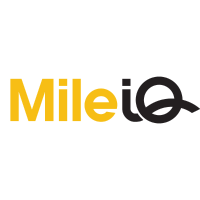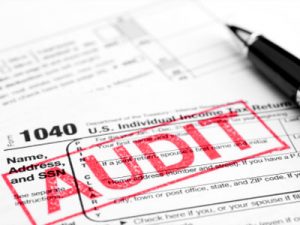Big Tax Break for your business!
Section 139 is only available while the US is under a federally declared disaster area. You must act fast to take advantage of this deduction!
Tax deductions using Section 139 is a hot topic. However, there’s a little-known provision in the Internal Revenue Code (IRC) that was enacted in the aftermath of the September 11, 2001, terrorist attacks. Section 139 created qualified disaster relief payments that help employers provide relief to employees while providing a tax benefit to the employer.

On March 13, 2020, President Trump declared a national emergency under the Robert T. Stafford Disaster Relief and Emergency Assistance Act, which unlocked the provisions of IRC §139. Section 139 allows employers to establish a program to provide disaster relief payments to their employees. Employees don’t have to include the payments in income, to the extent not compensated for in another method (insurance proceeds), and the employer can deduct the payments for income taxes. Payments made under a §139 plan aren’t considered wages, so payroll taxes aren’t owed. The allowed reimbursements under a §139 plan must be:
- Reasonable and necessary personal, family, living, or funeral expenses not reimbursed by insurance
- Reasonable and necessary expenses for the repair of a personal residence or replacement of the contents
- By a common carrier by reason of death or personal injury from the disaster
- By a governmental agency in connection with a disaster to promote the general welfare
Typical types of COVID-19 expenses that would fall under §139 are:
- Paying extra costs for grocery delivery
- Additional utilities or rent
- Temporary housing costs if diagnosed with COVID-19 and the employee or family member must quarantine
- Medical expenses not covered by health insurance. For example, over-the-counter medicines, hand sanitizer, etc.
- Additional child care expenses, tutoring, or homeschooling expenses
- Telework office expenses such as equipment, internet, telephone, etc.
In addition, payments made from §139 plans don’t require substantiation like accountable expense reimbursement plans. The only requirement is the request by the employee for reimbursement should seem reasonable and necessary. There also are no requirements for nondiscrimination testing. A taxpayer may choose to reimburse certain expenses for one class of employees but not another, but the parameters should be appropriate.
Further, although not specifically required, it’s recommended the §139 plan be outlined in a written document. The plan should specify details such as the specific disaster to which it relates, the types of expenses that are covered, and the maximum amount or reimbursement (if a maximum is chosen). A written document also helps provide employees with notification of the benefit as well as the rules so employees know what type of reimbursements they can request.
What’s the Benefit?
As businesses continue to cope with the pandemic and look for ways to help their employees, §139 may provide an opportunity that benefits both parties. For example, a §139 plan may help employers retain their current employees by providing them with tax-free funds to help cover additional expenses incurred as a result of the pandemic such as child care. The employers get the added benefit of being able to deduct the payments on their income tax returns while avoiding payroll taxes. However, §139 hasn’t been applied to disaster relief of this magnitude. Without additional guidance, it’s unclear what stance the IRS will take regarding specific types of payments that can be provided under §139 related to COVID-1.
Call our office or Schedule Now with our Tax Professionals if you have questions or want more information.




